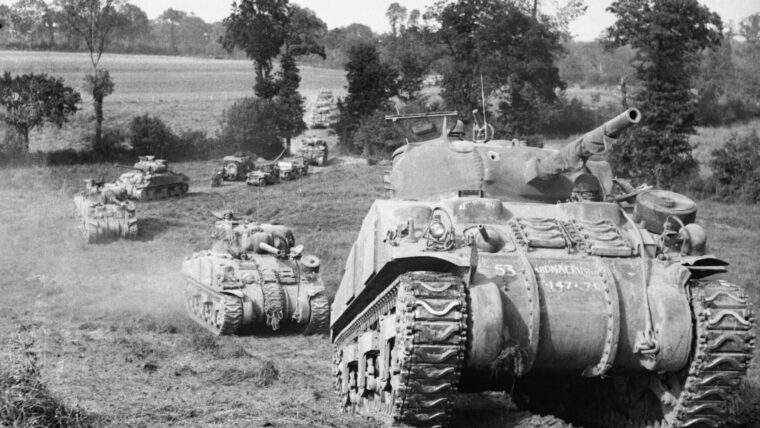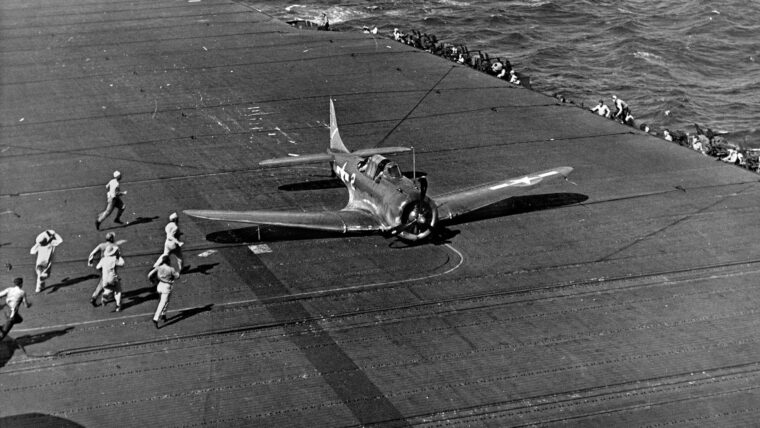
WWII
Pearl Harbor: The Sleeping Giant Awoken
By Flint WhitlockIt was, as the phrase goes, another perfect day in paradise. As the sun rose above the Pacific in the clear, cloudless sky east of the Hawaiian Islands, on December 7, 1941, the giant U.S. Read more























